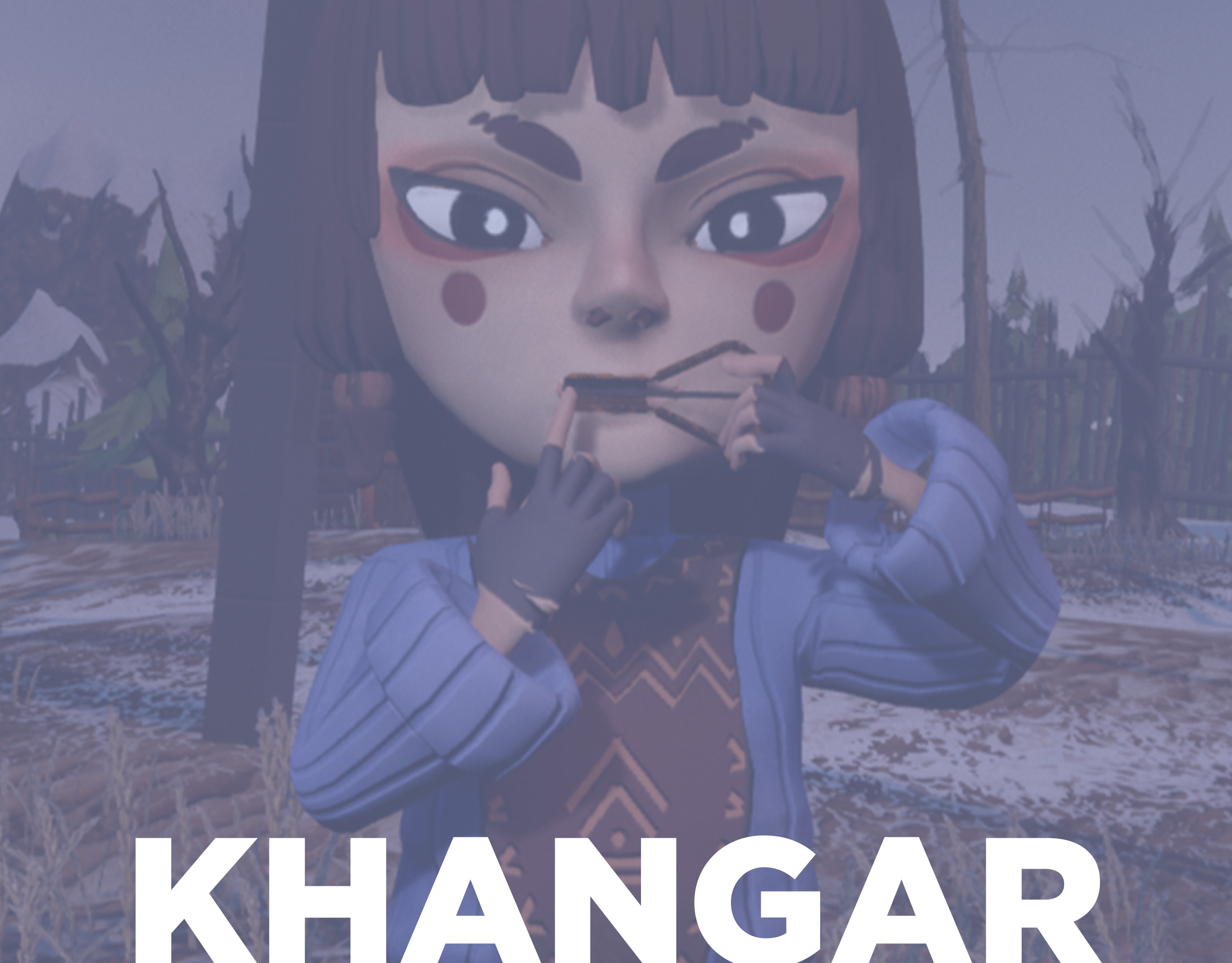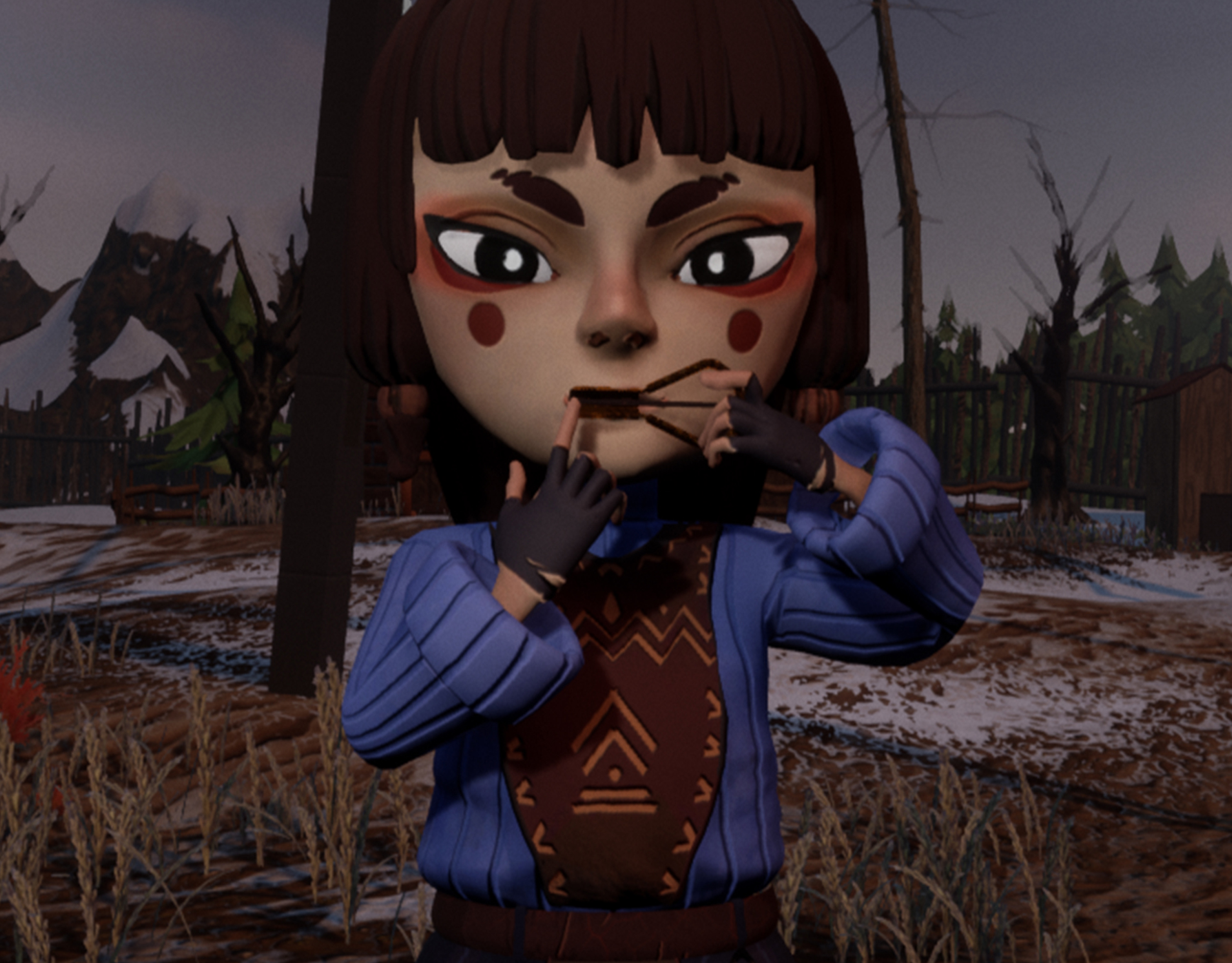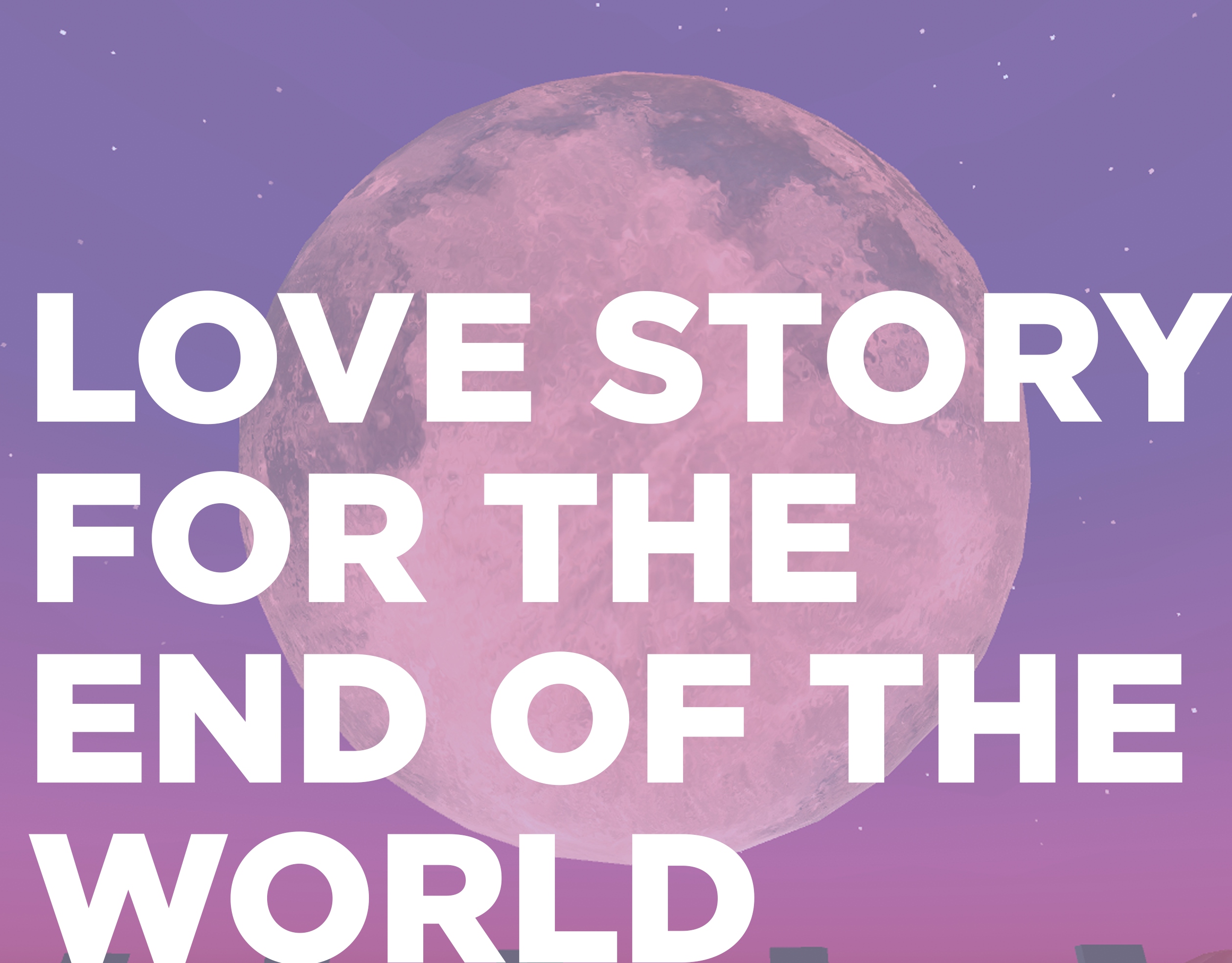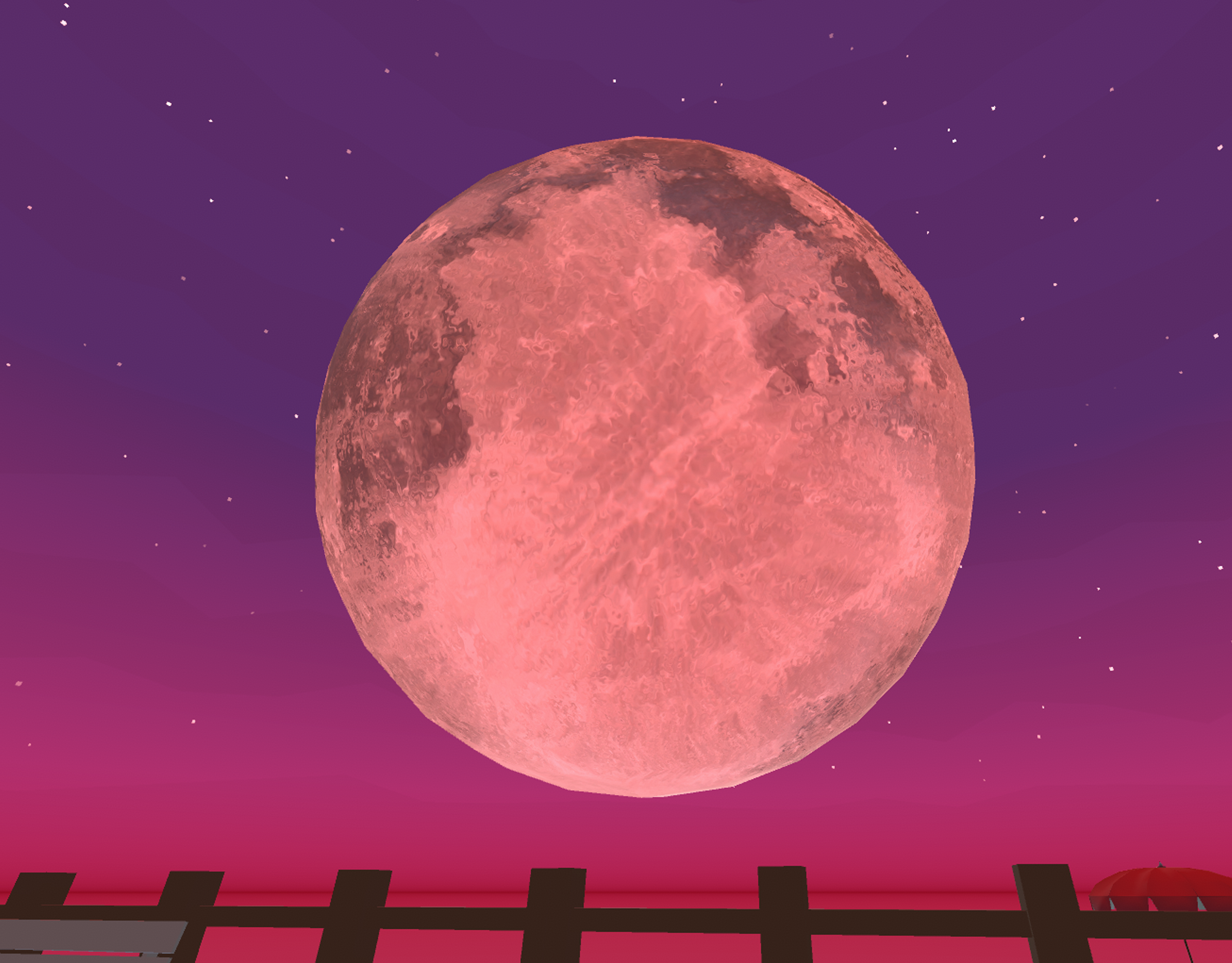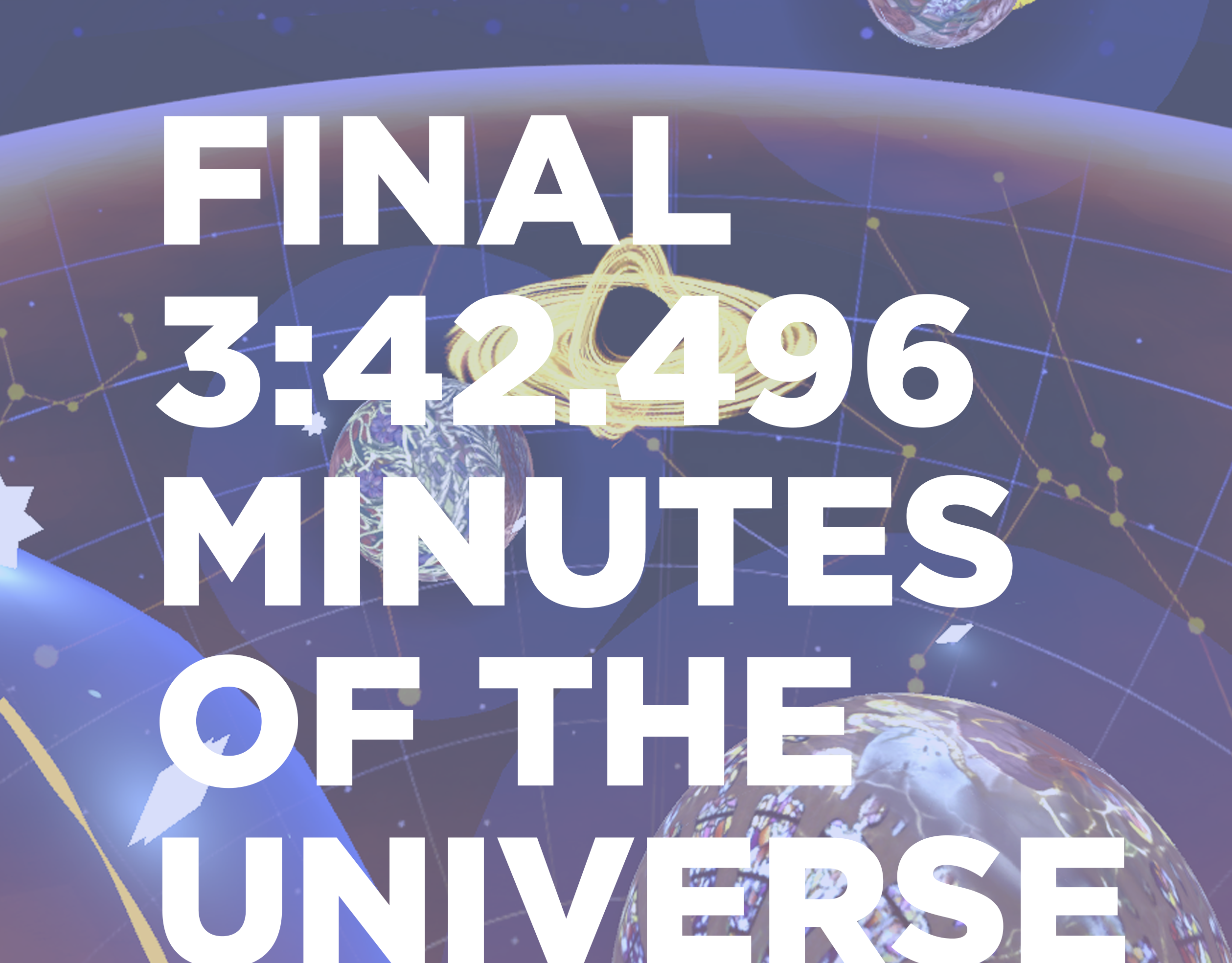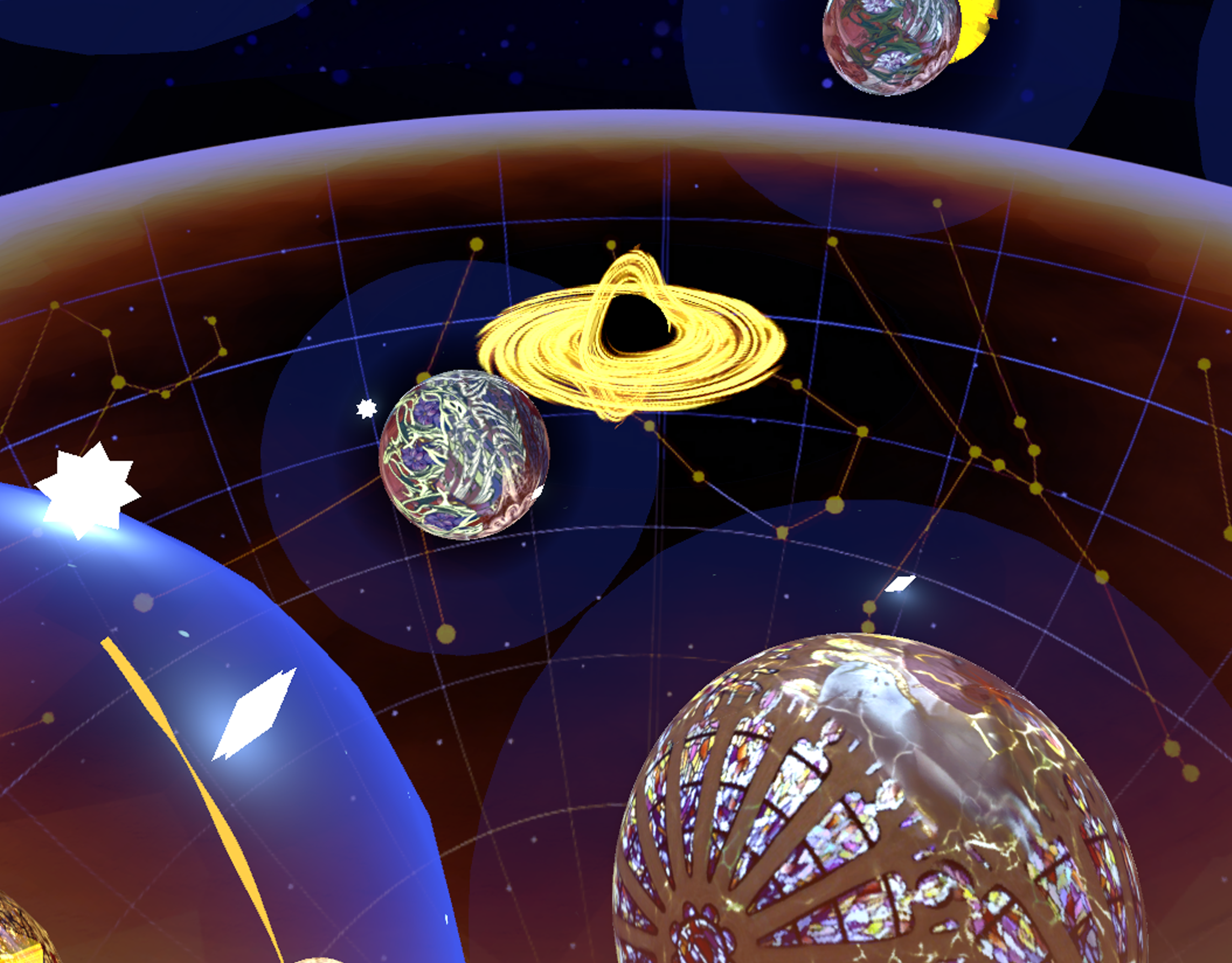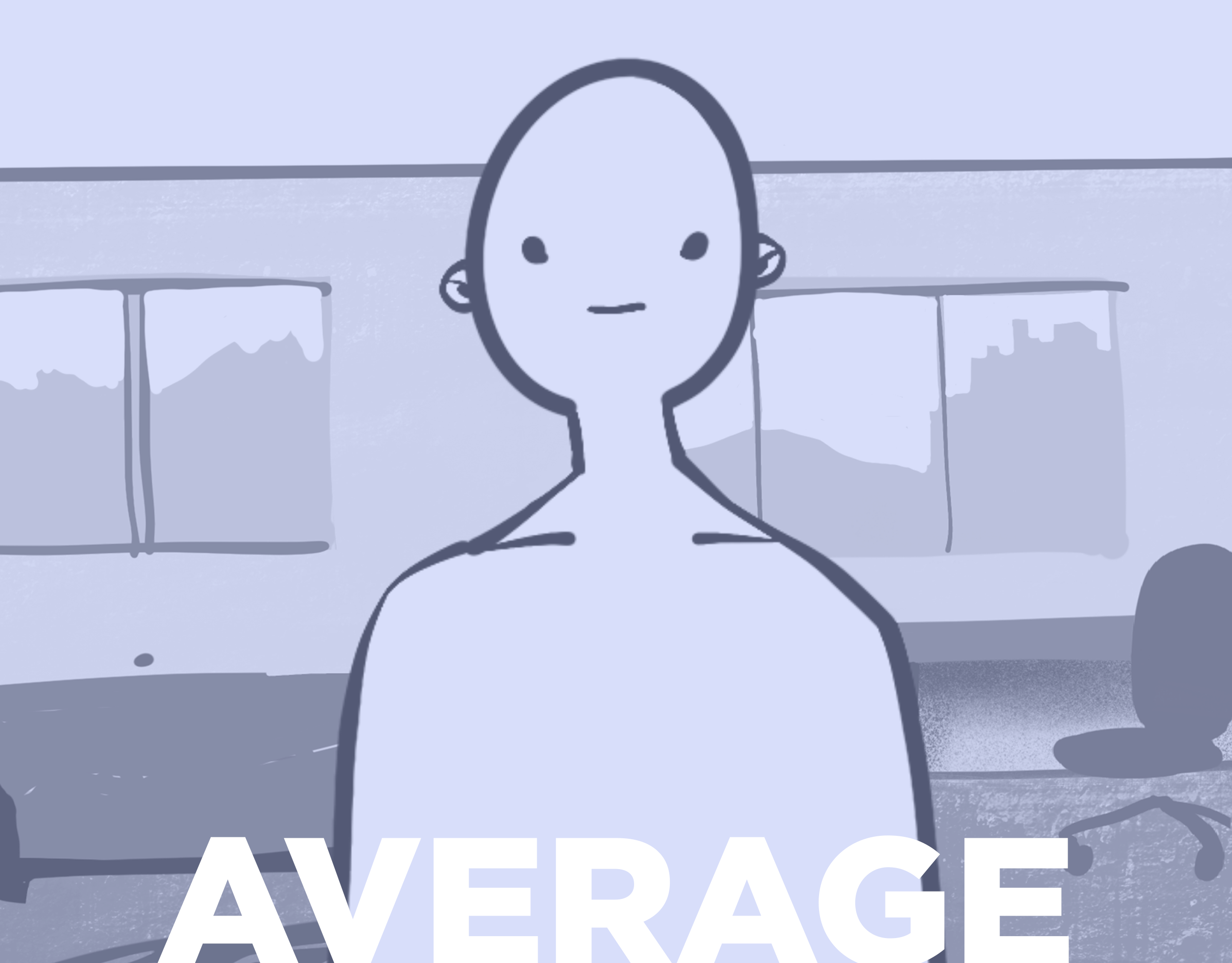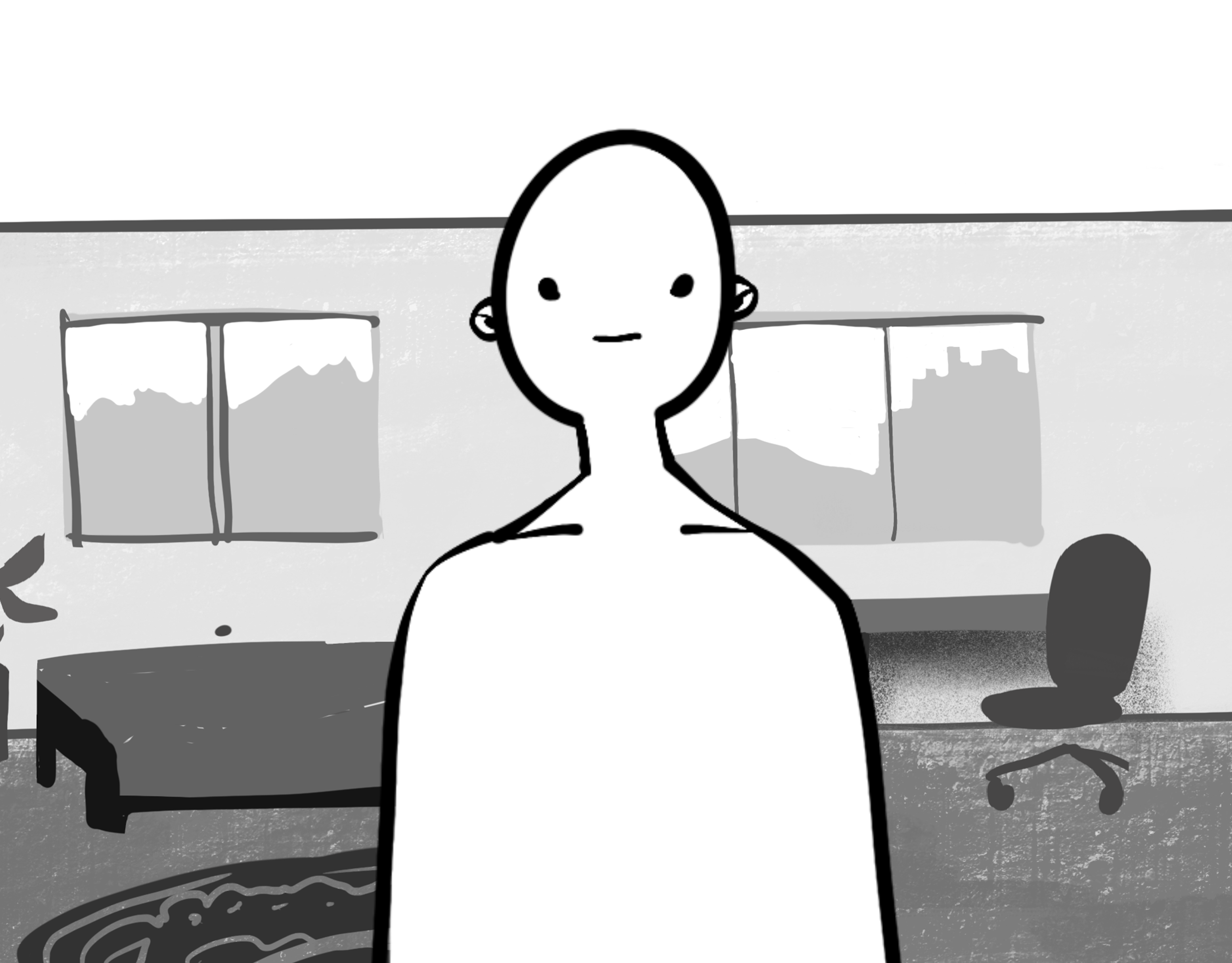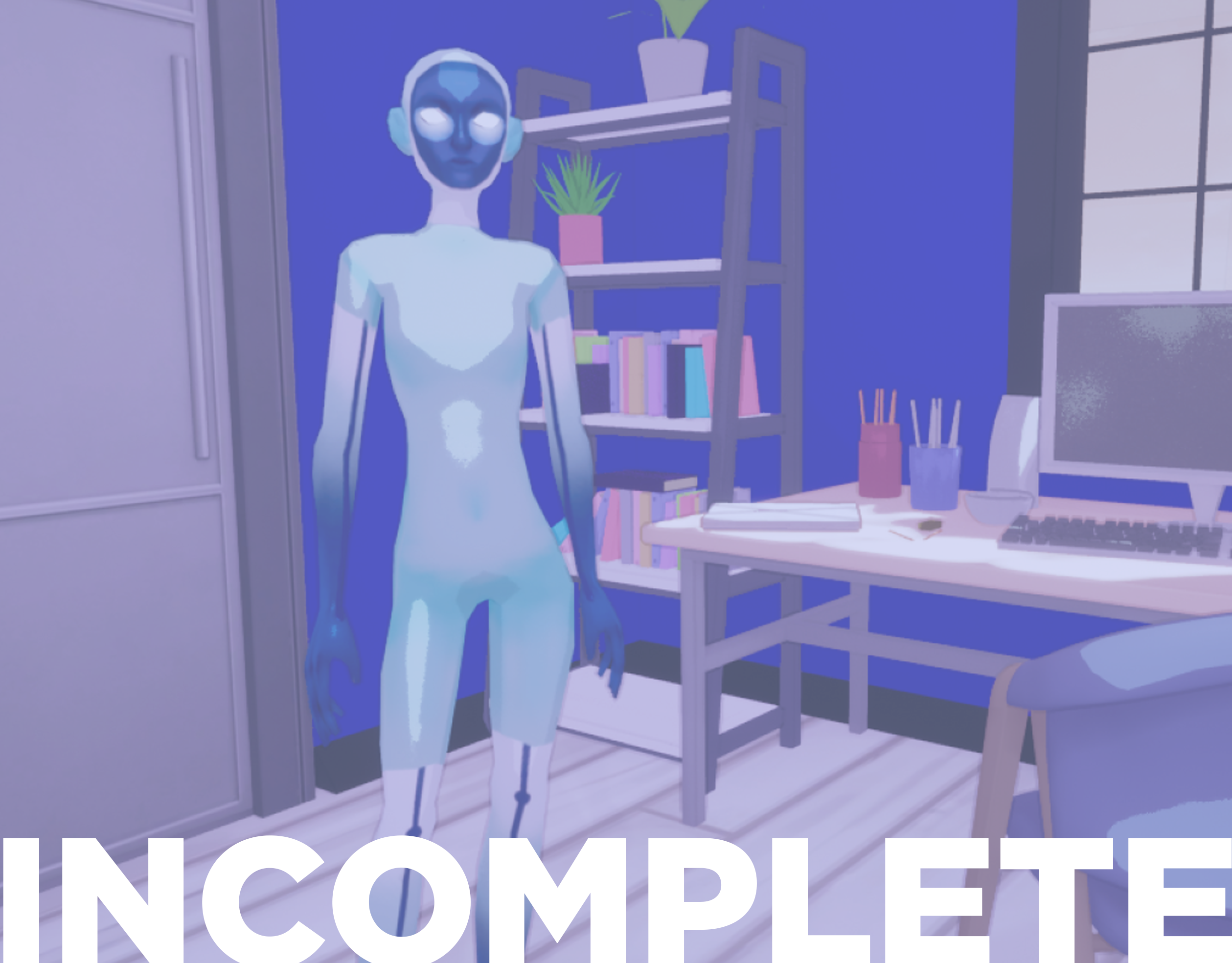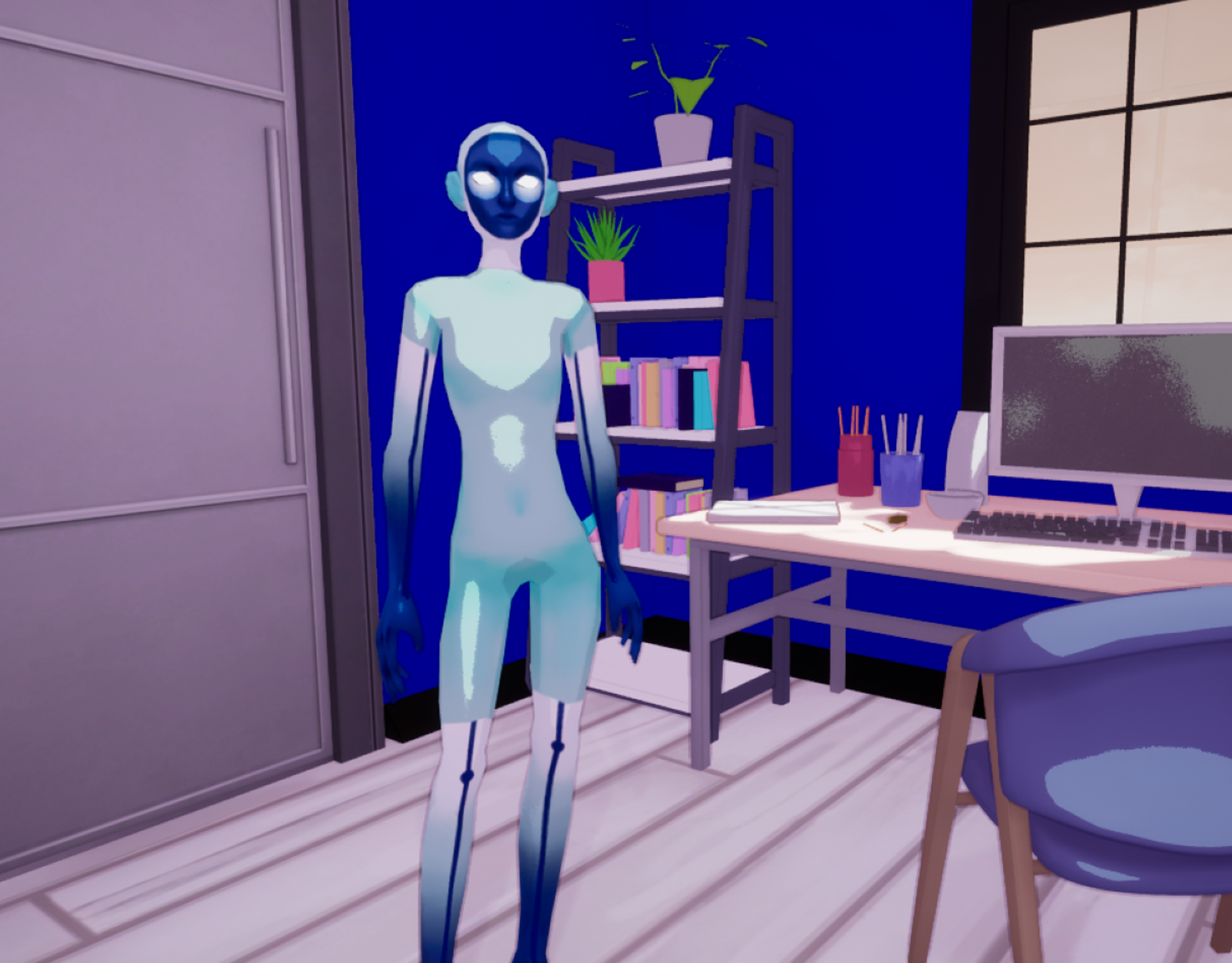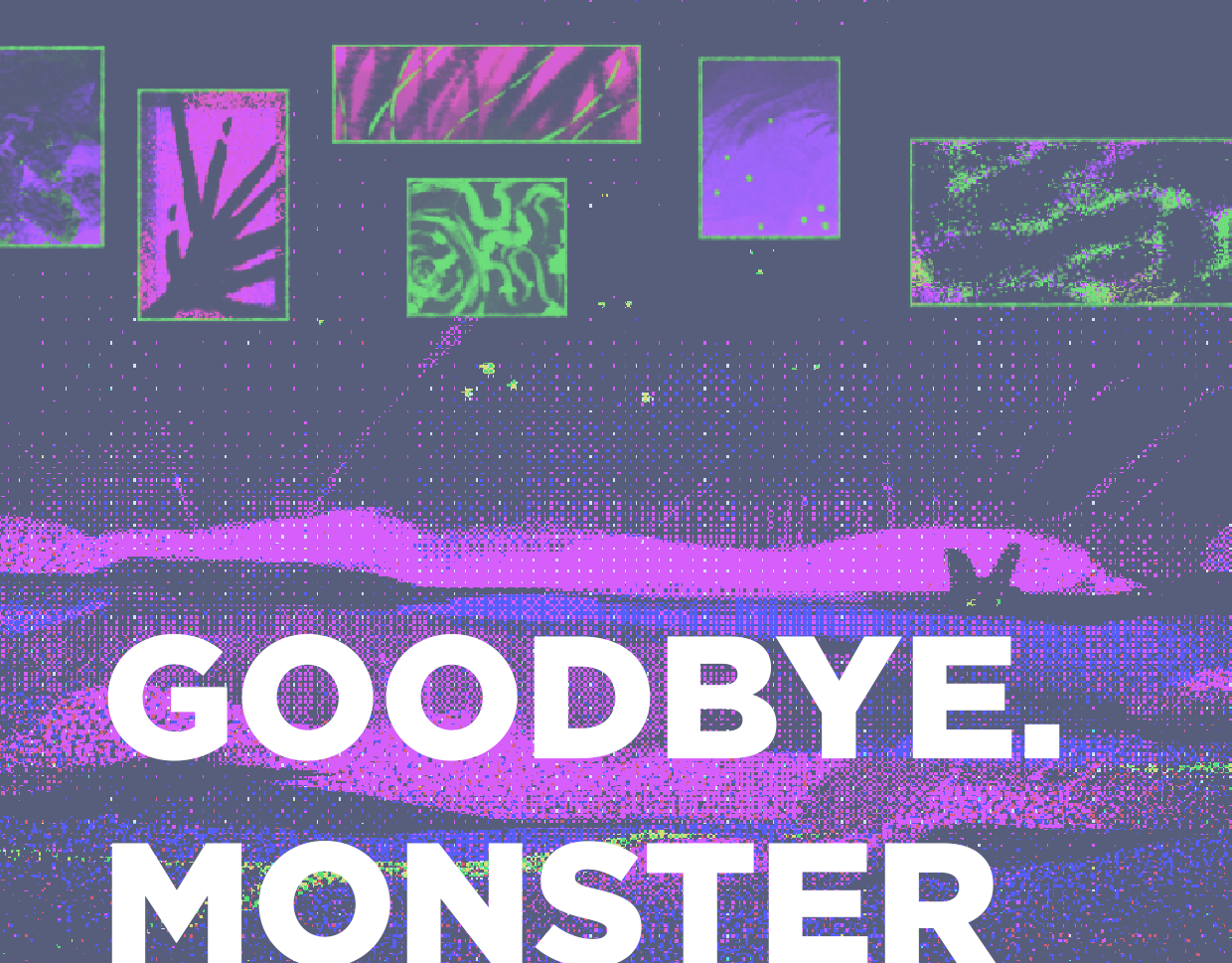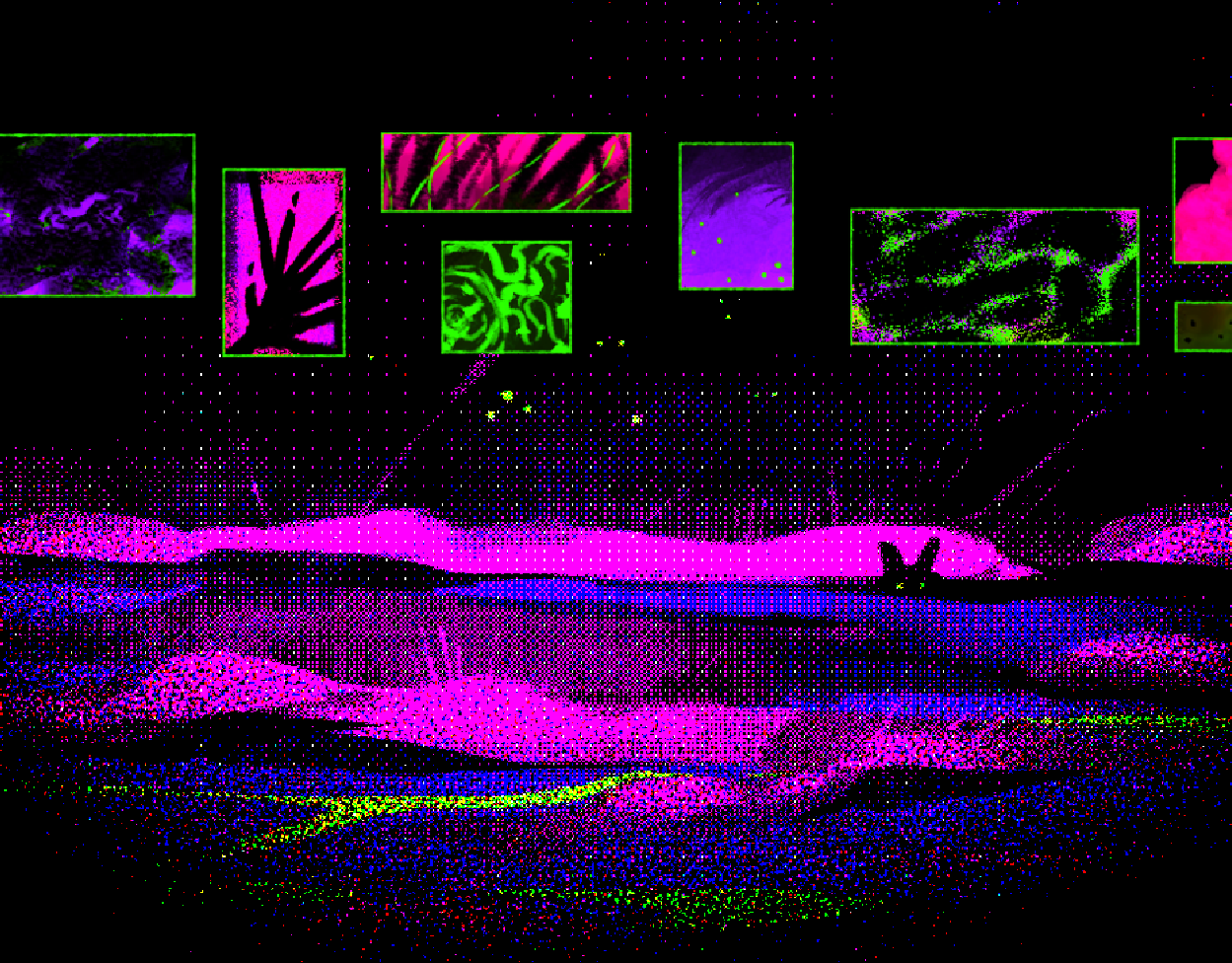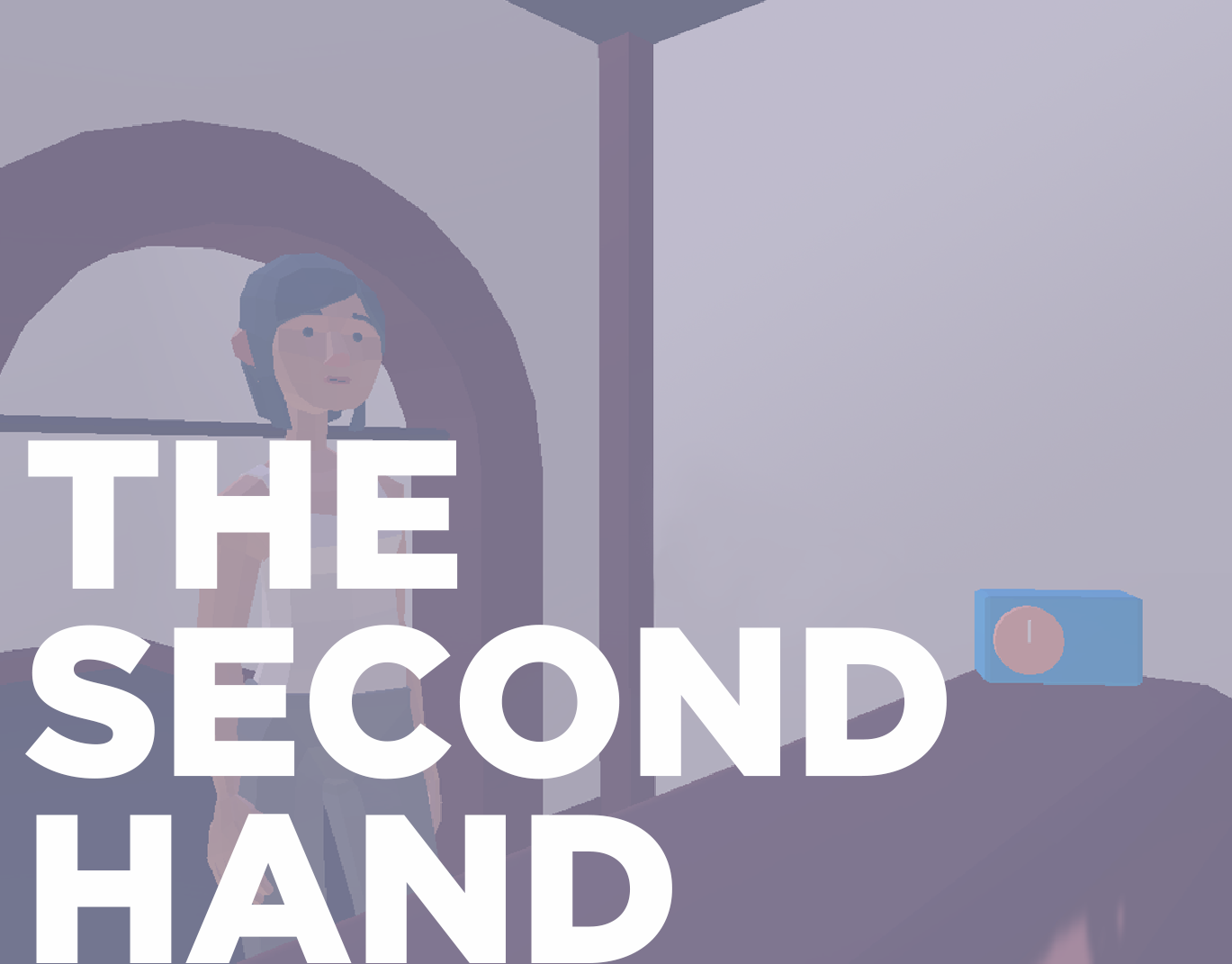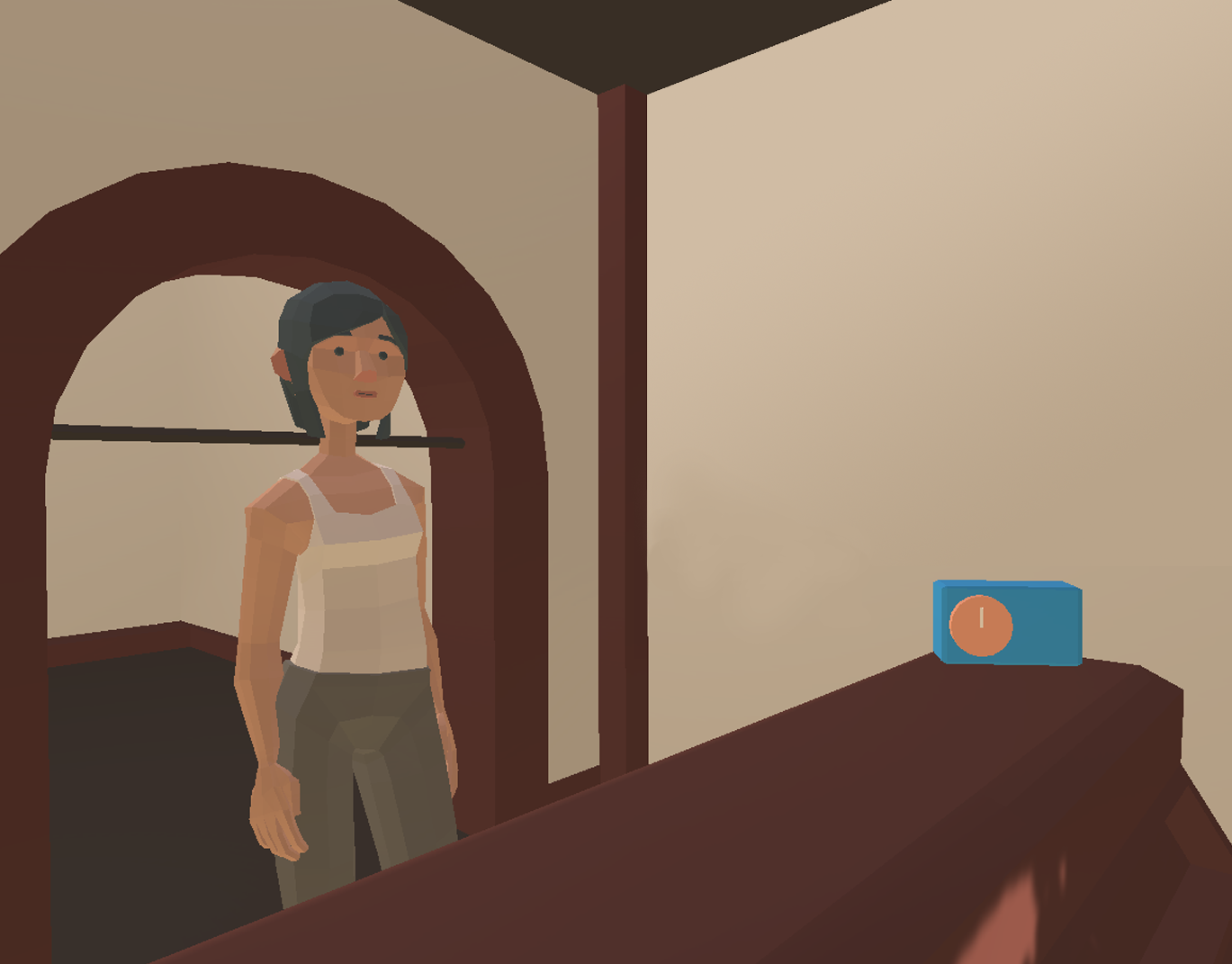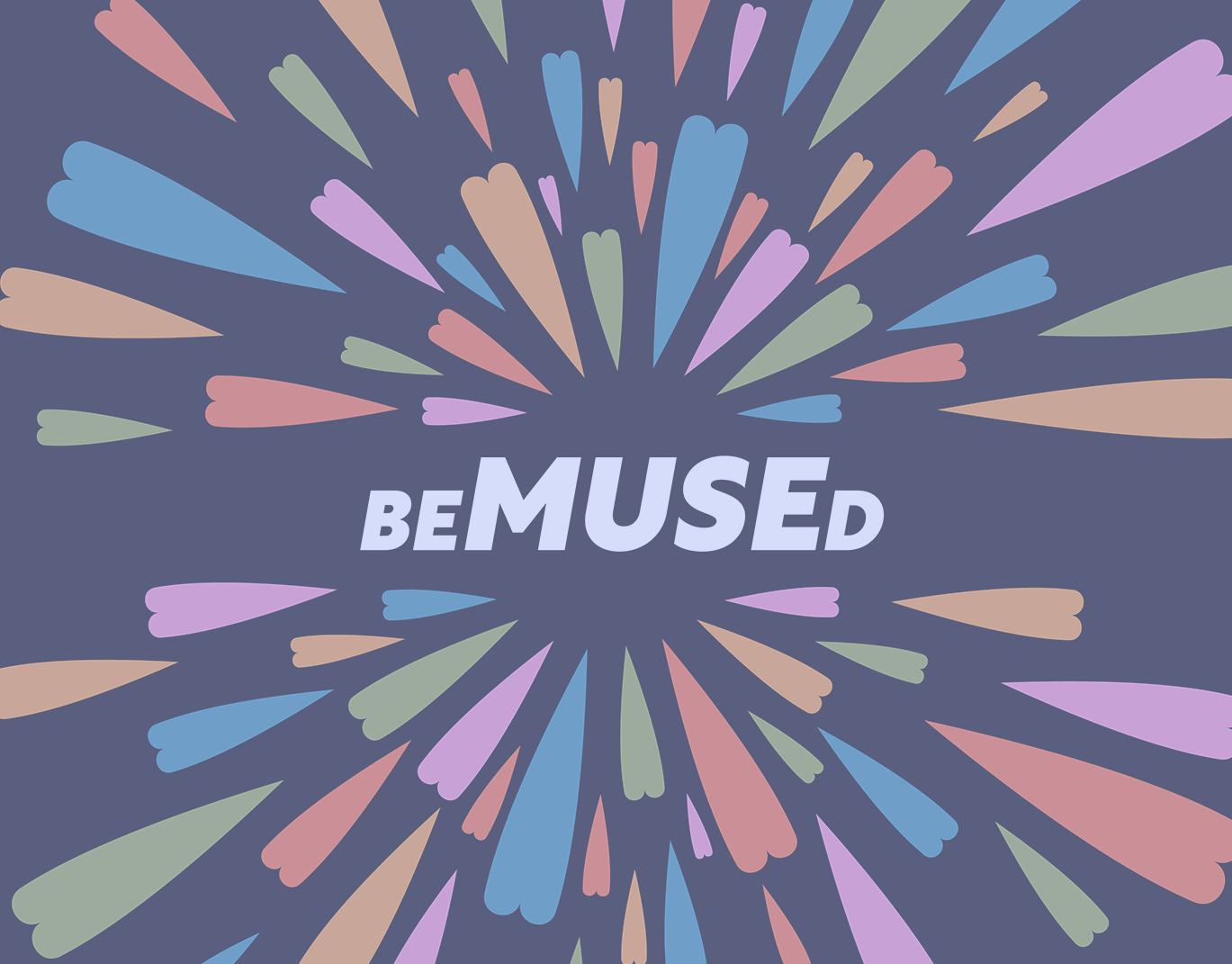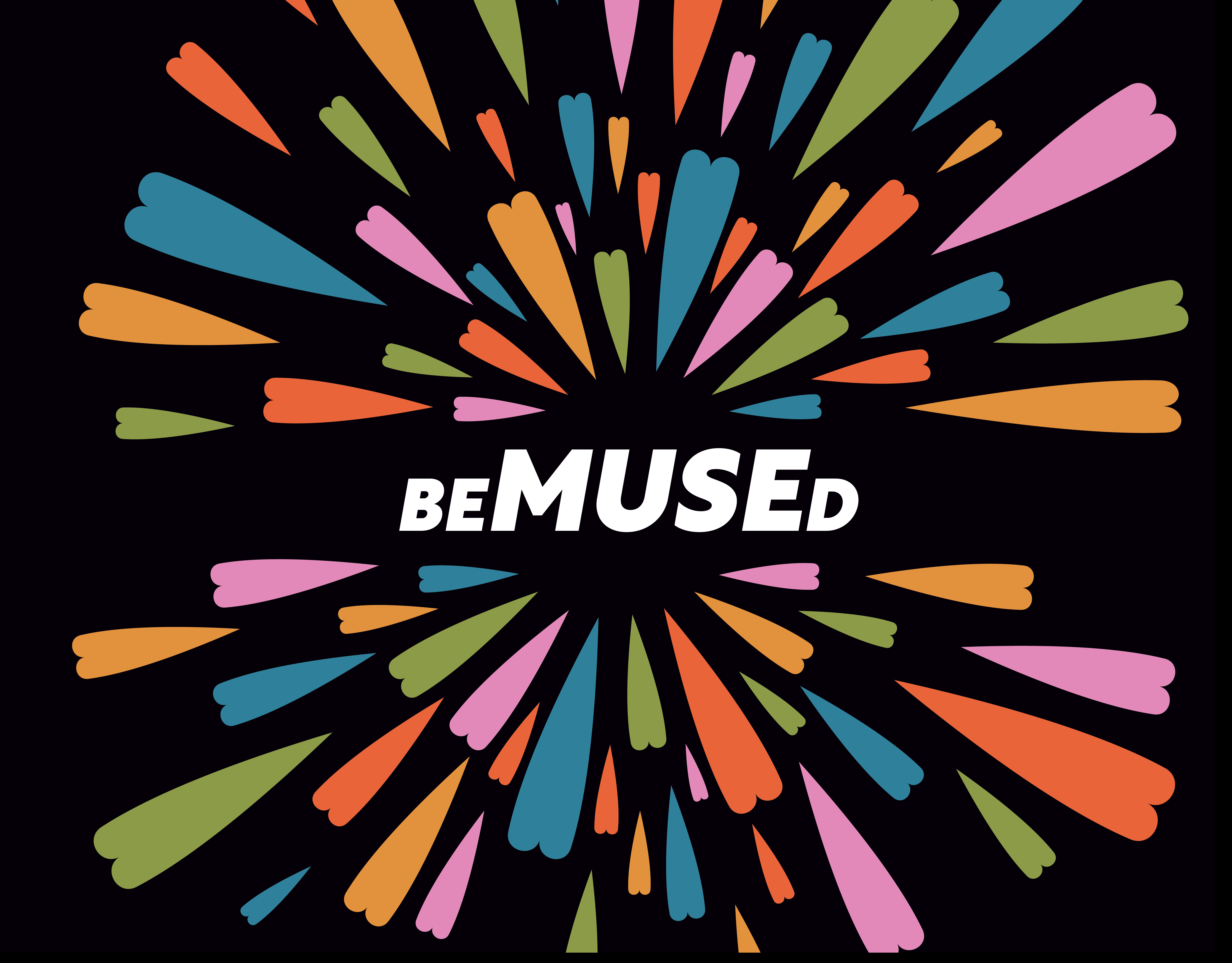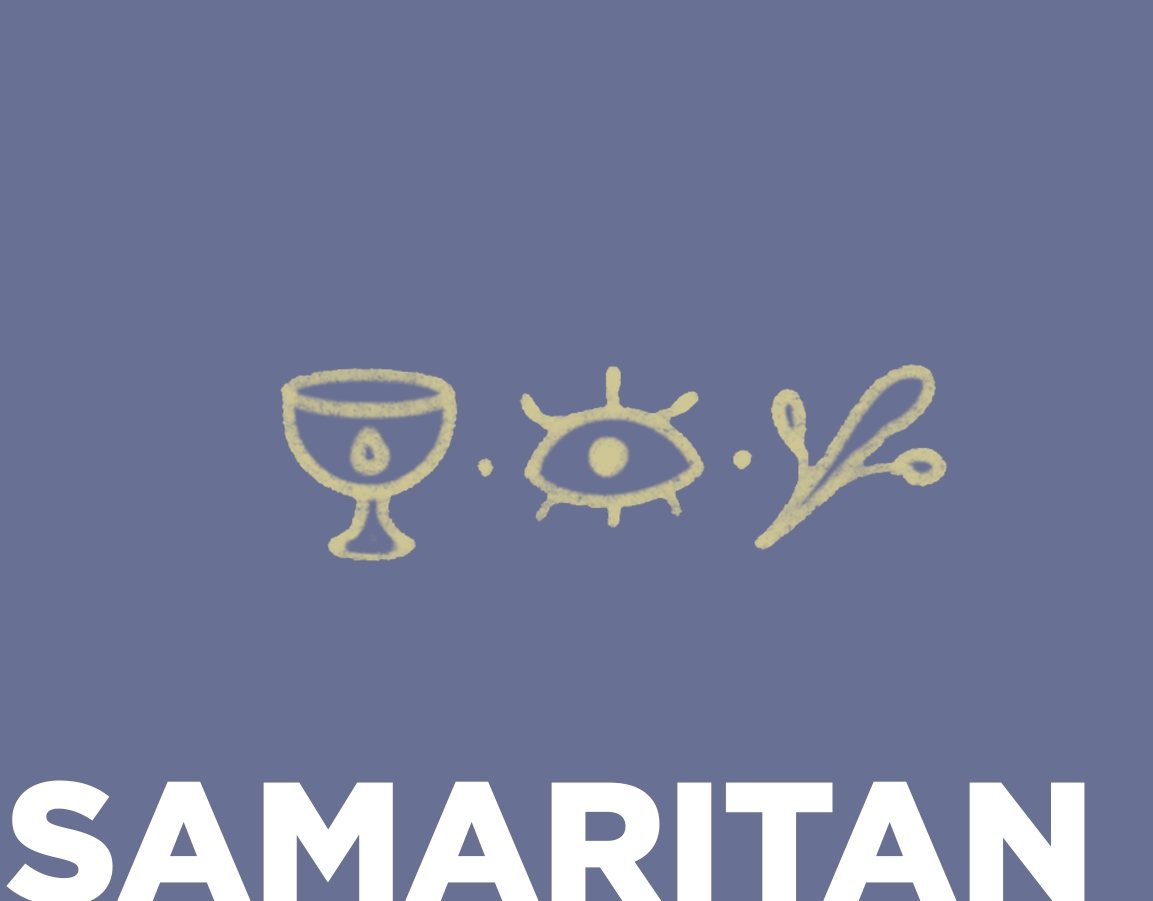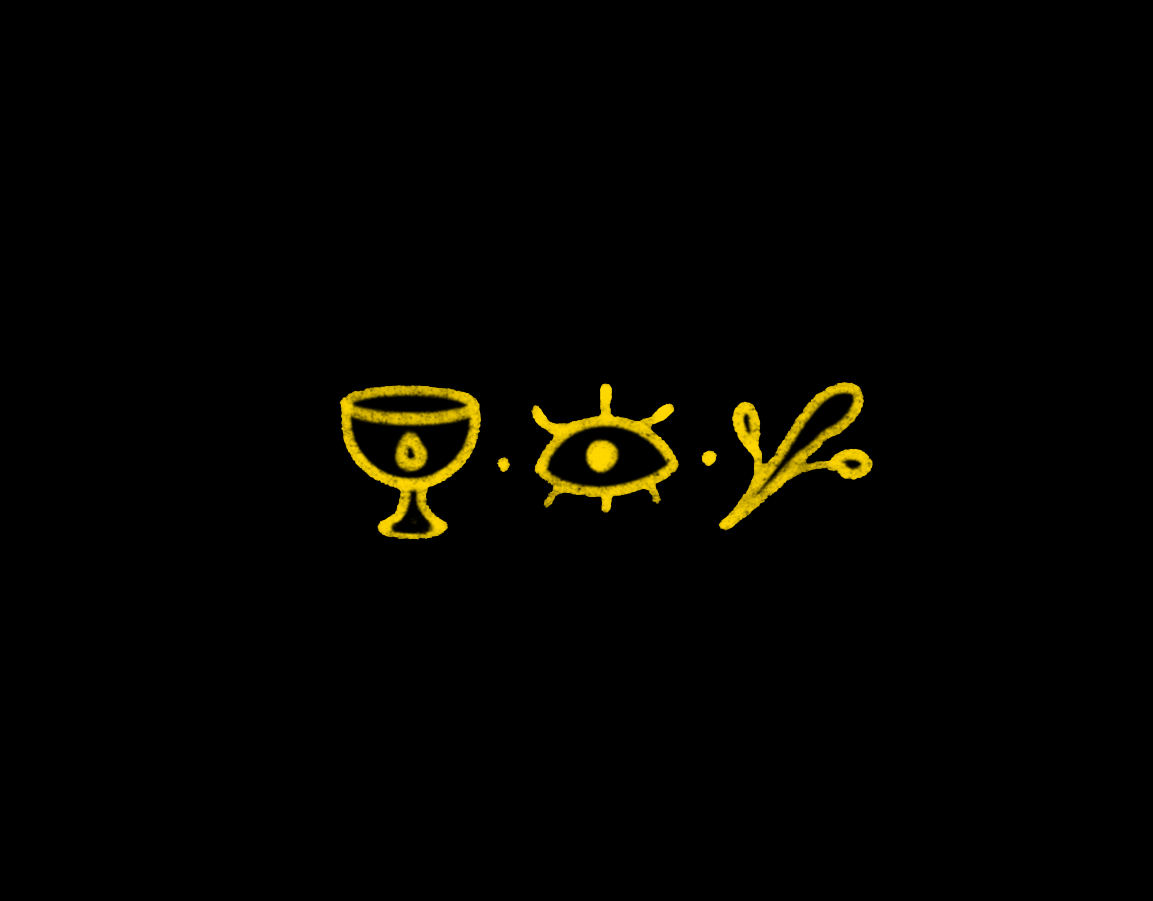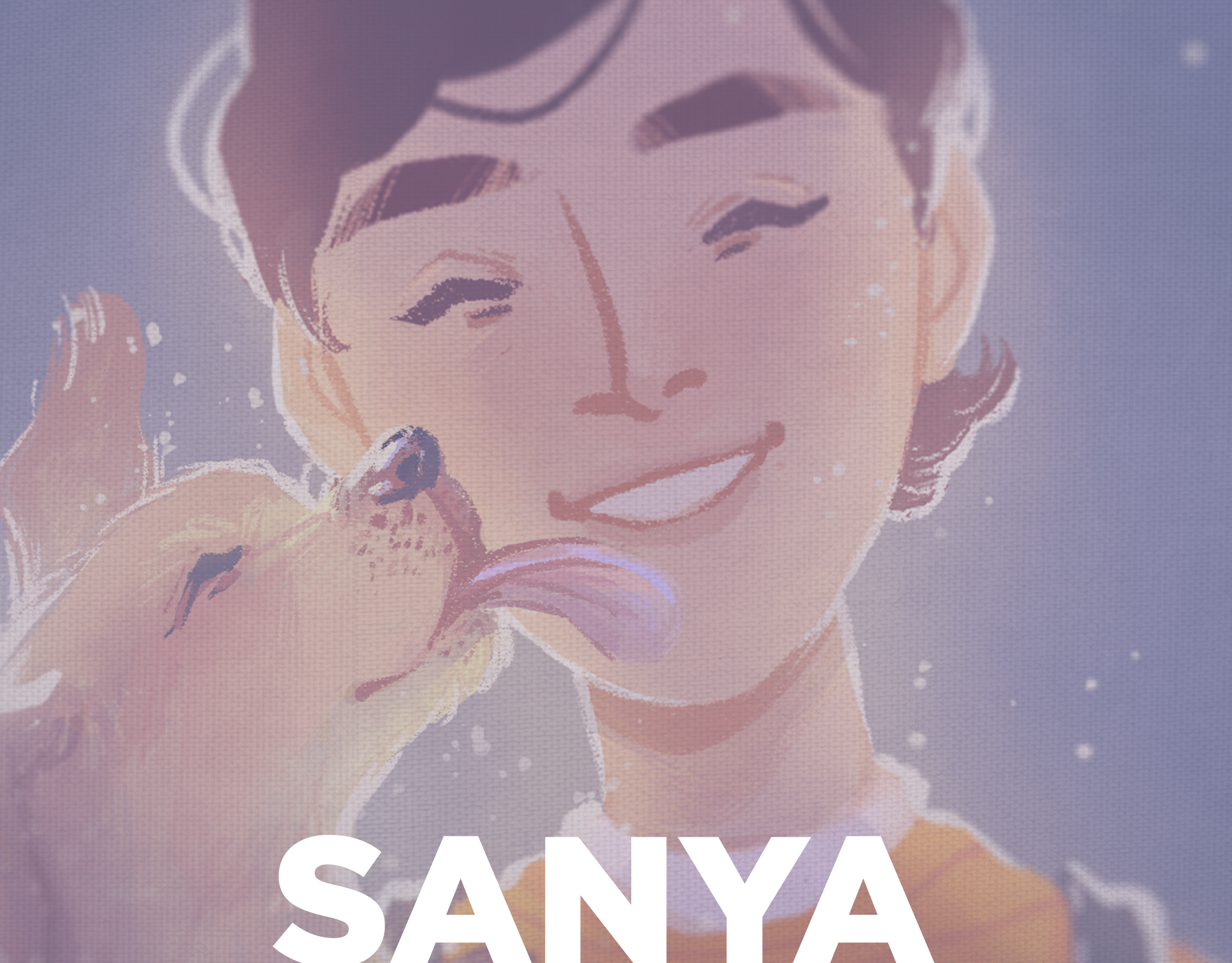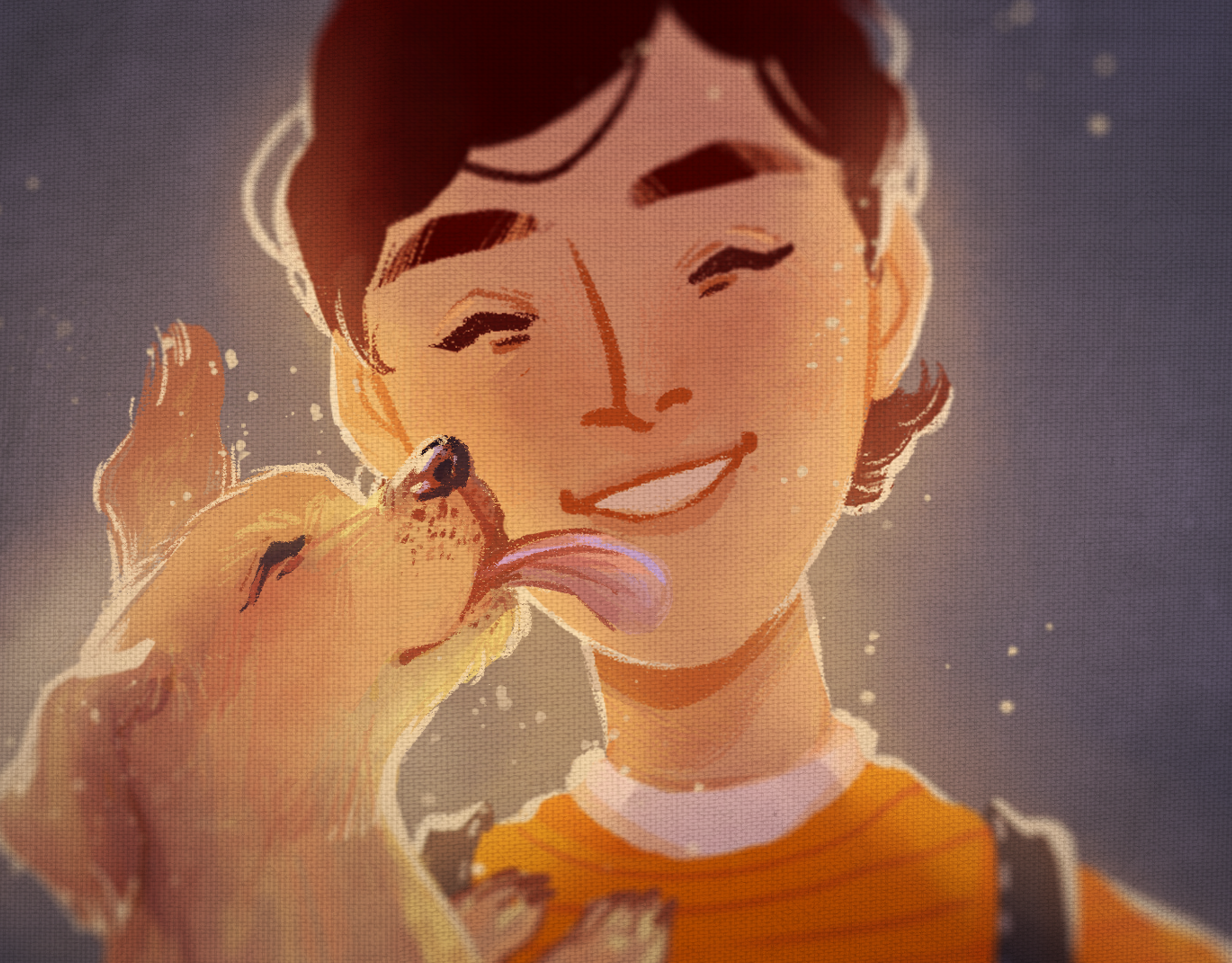PROJECT OVERVIEW
Year: 2019
Role: Solo developer
Medium: 3D side-scroller platformer shooter
Engine: Unreal Engine 4
Sweetness is a game about naivety and the complexity of sibling relationships, following kids' imaginative world of color and toys. The story consists of the player, following a kid with a color sprayer, traversing through a platformer level to save another soldier from your toy army. He goes to war with his sister over his toys and won't stop until he saves them all. Over time, the story, which originally starts off as a story of war, comes to reveal the truth: both the boyish resentment for the distant parents and the absolute innocence of the antagonist, where there can't be understanding without the parent's involvement. The gameplay consists of side-scroller-style platformer levels, filled with thematic obstacles and riddles.
DESIGN INTENTIONS & INSPIRATIONS
My main inspiration for the original concept became Takashi Murakami's art. His superflat theory, especially his work that resolves around a fear of growing up, inspired me to imagine a world where color is the enemy - anything containing color must be considered a threat, and only colorless objects can be safe for the player character. GRIS by Nomada Studio has definitely inspired me to think about color as a representation of a character's inner world, a theme that I explored in one of my course papers, which manifested in Sweetness as the main character's resentment, loneliness, and youthful hatred toward his sister. I wished to create a shifting narration, where the story transforms under the player's grasp. The theme of parent negligence have always been a part of my repertoire (see Incomplete), but putting these feelings in the hands of small children who have only each other to rely on and make them learn that was an important step.
An equally important moment for me was the appearance of a younger sister - the antagonist, not tied to typical stereotypes about female villains. Unlike the usual trope of a strong independent woman, my heroine is just a little girl, even in the eyes of the boy himself.
TOOLS
I used a variety of software for this project - starting from Photoshop to create concept art, moving on to Maya to model characters, for the animations and rigging I used Adobe Mixamo, and then uploaded everything into Unreal Engine 4, where I combined all the created content - models, animations, textures, materials. For all the code logic I used Blueprints. For some VFX, I used Houdini.
ENGINE WORK
This project taught me a lot about the engine's technicalities and visual content pipeline - from concept art to engine implementation. I learned how to work with Functions, Delegates, Timelines, Interpolations, and some basic computer graphics literacy while working with Materials. I was trying to create vibrant colors that would look both distinguishable and messy, just like Mr. Murakami's work. Another struggle was making a character pop up in such a colorful environment.
Another crucial thing this project taught me is the importance of early optimization work (and to never use Event Tick). Creating systems that will be easy to build upon is important in a longer development cycle. At the same time, as a solo developer, I didn't have much time to refactor, so in the future, I would start such a project in collaboration with someone.
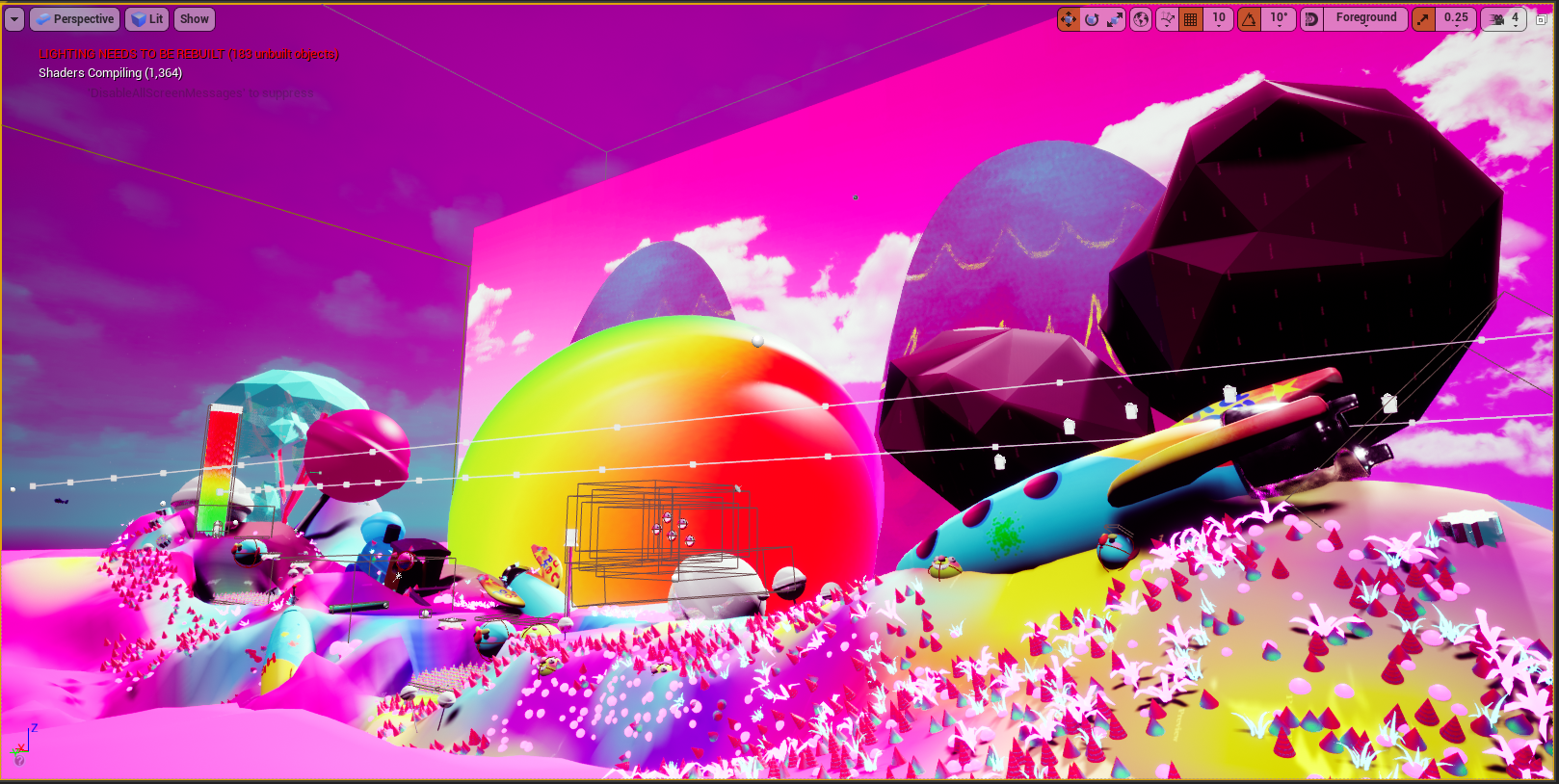

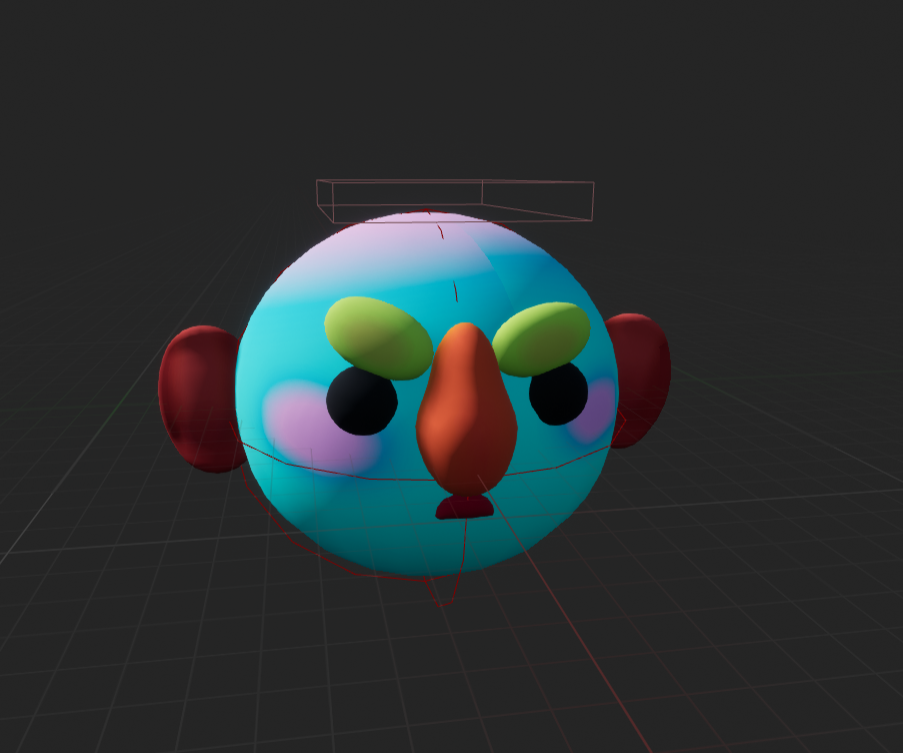
EARLY CONCEPT ART
Originally game had much more recognizable brands of toys and cartoon characters, but distorted - Mickey Mouse, Hello Kitty, Thomas The Tank Engine. I soon realized that this can lead to copyright issues and decided to not risk it, even though it came as a direct inspiration.
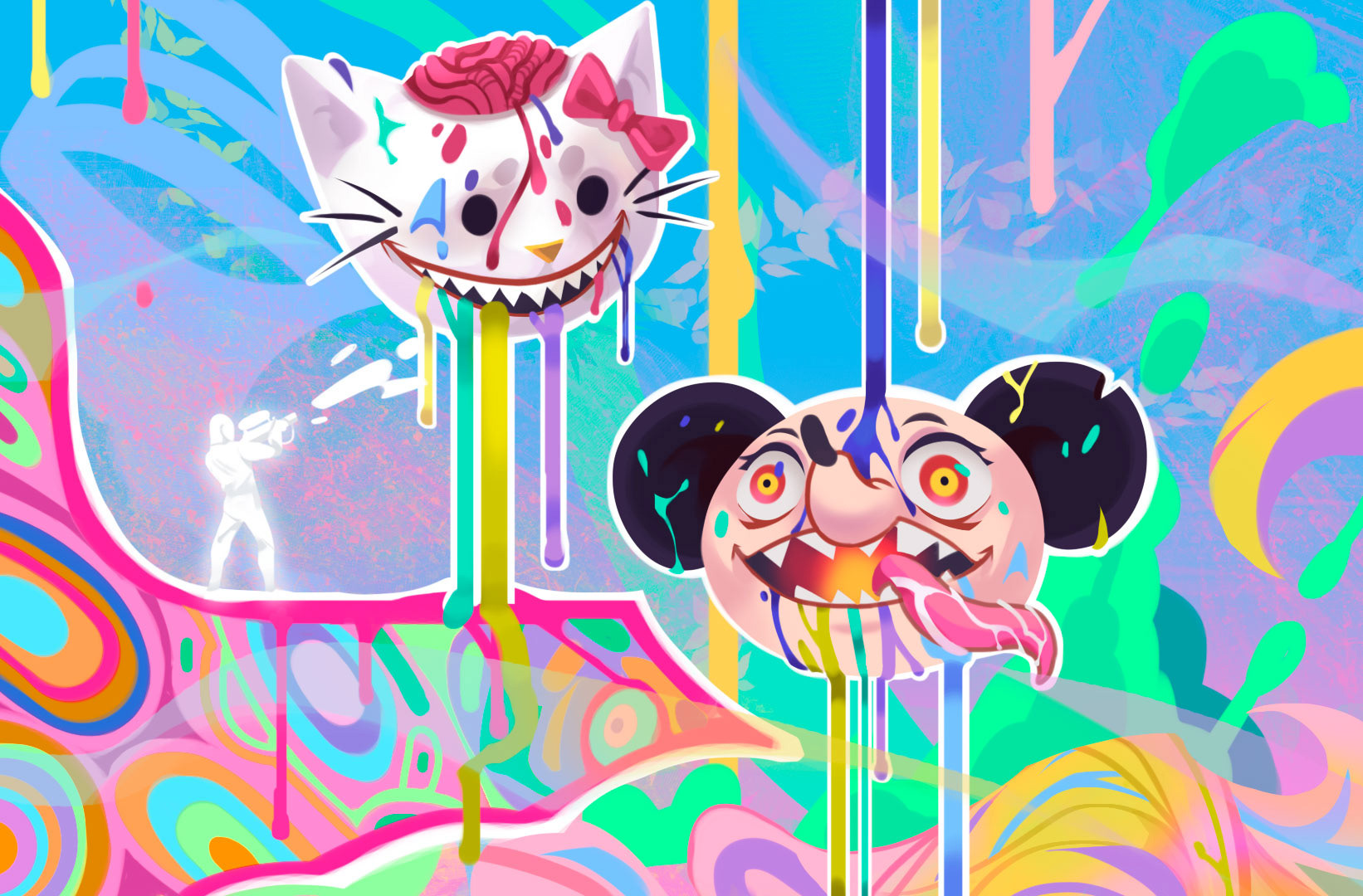
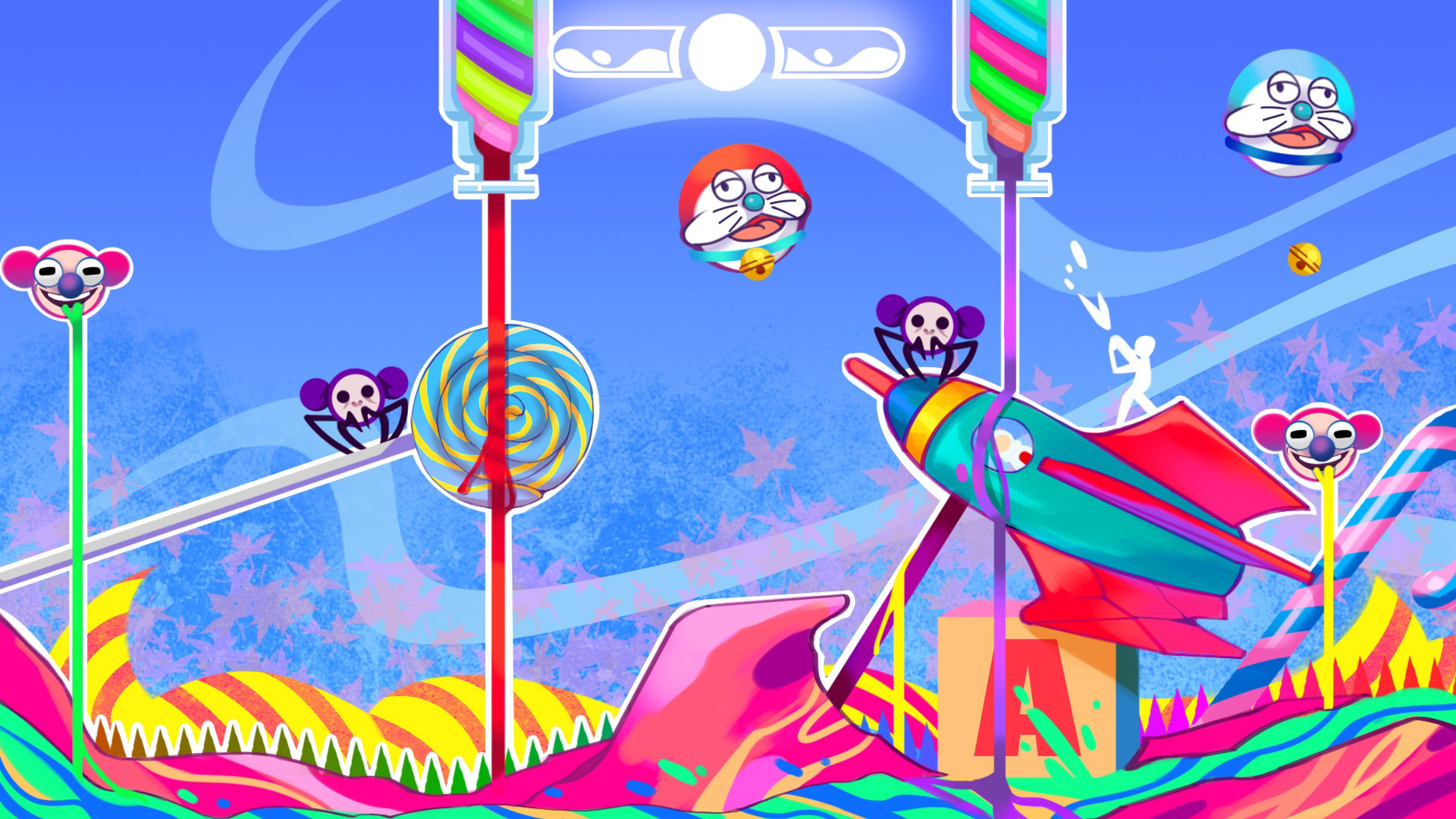
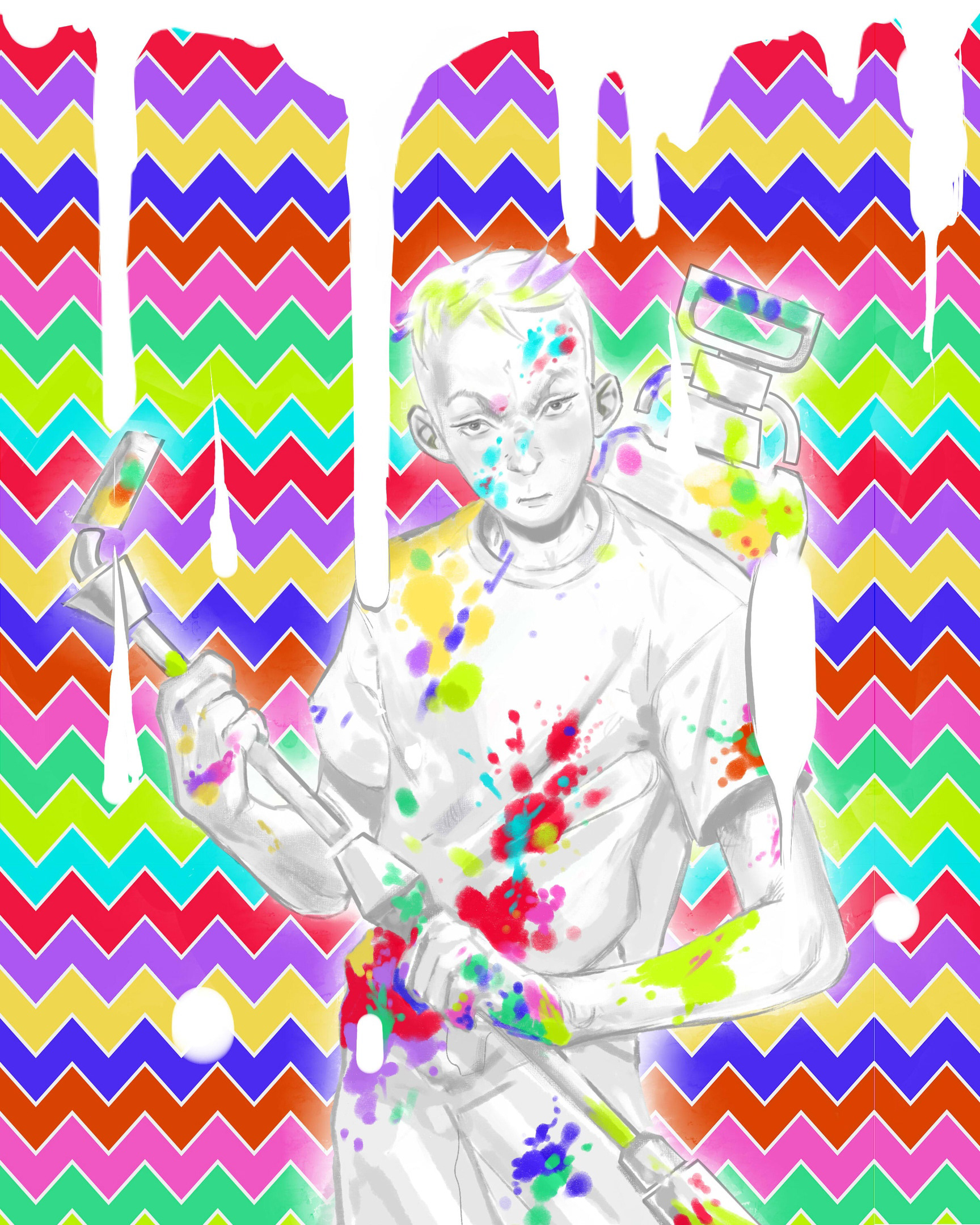
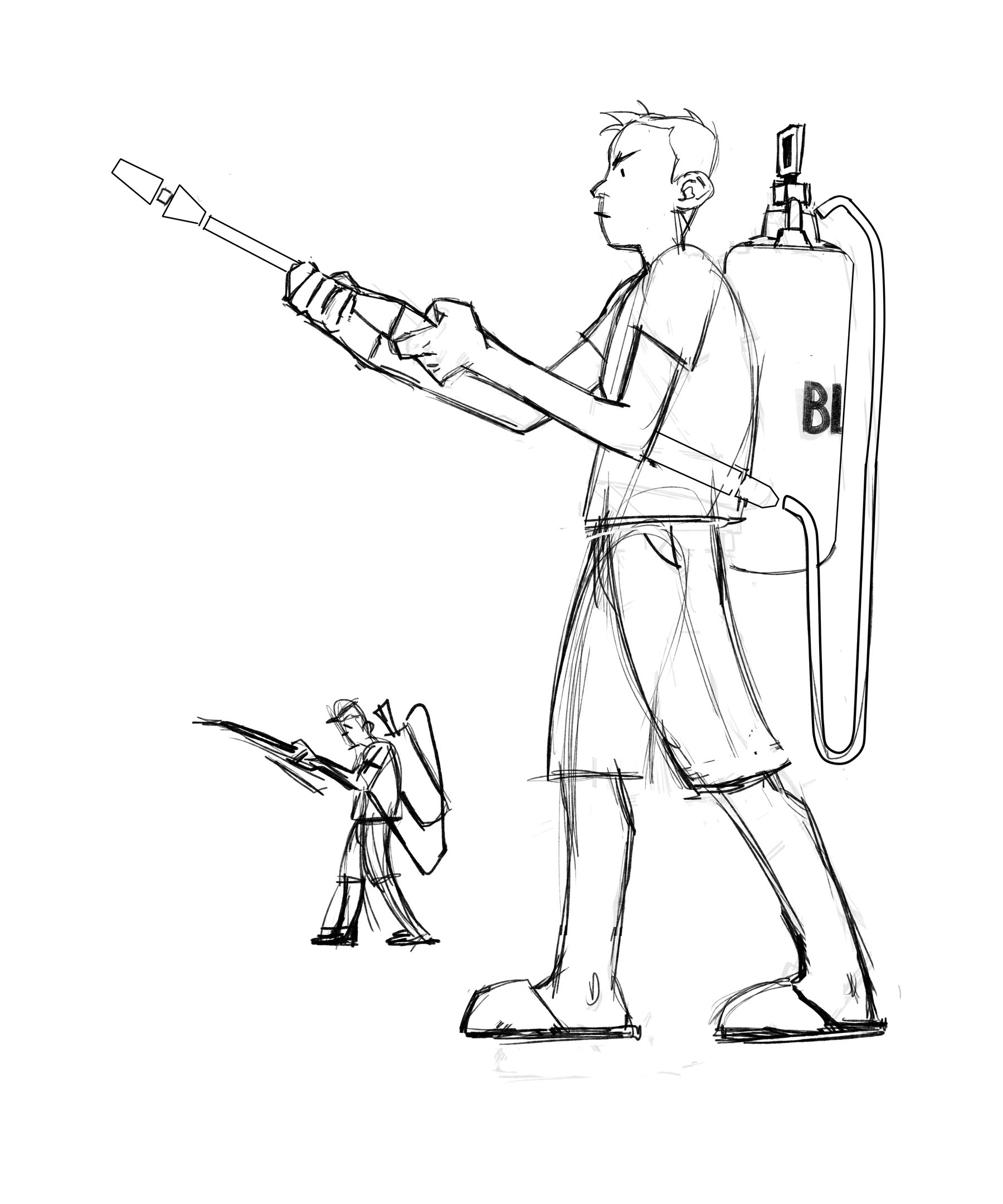
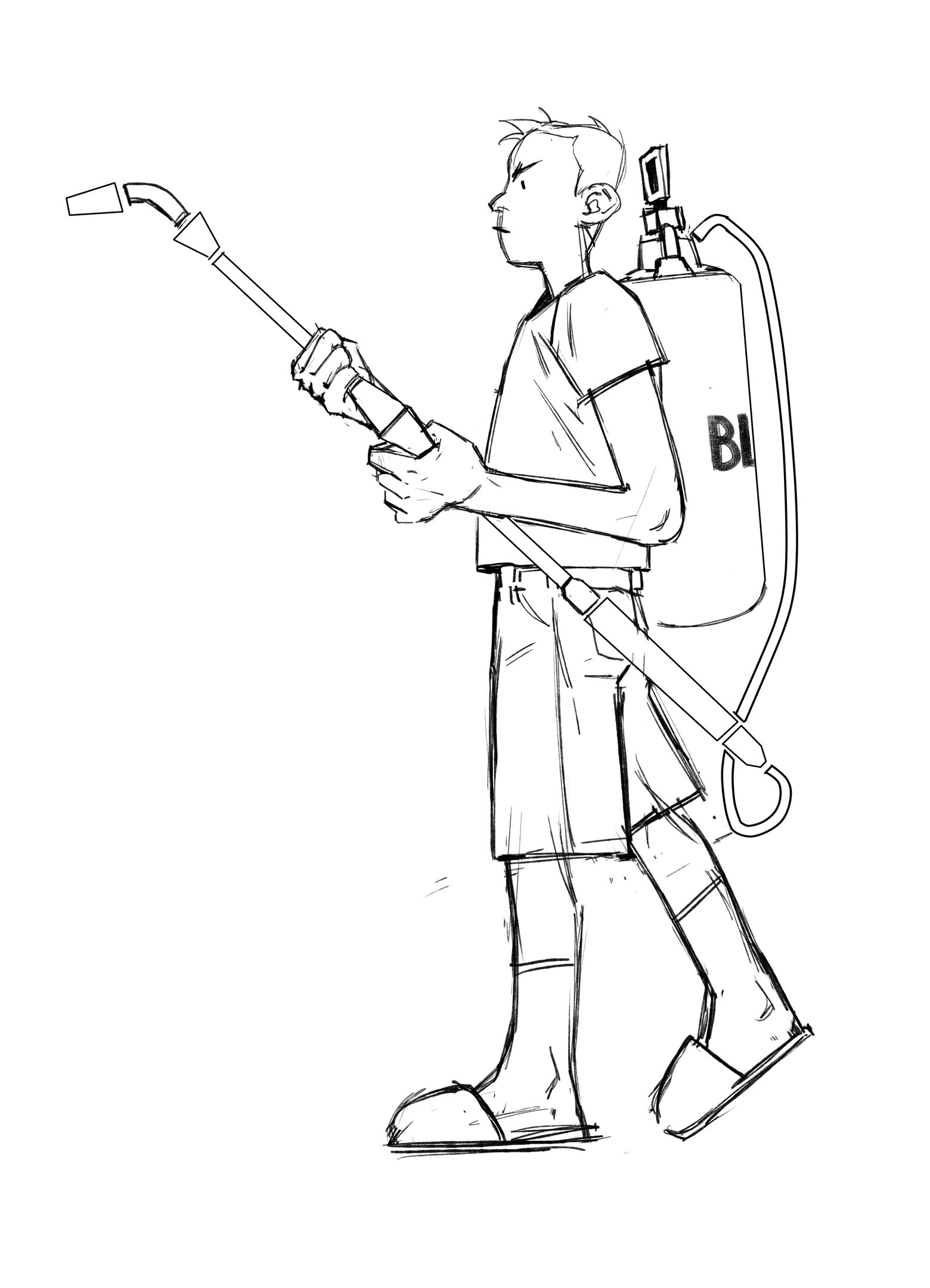
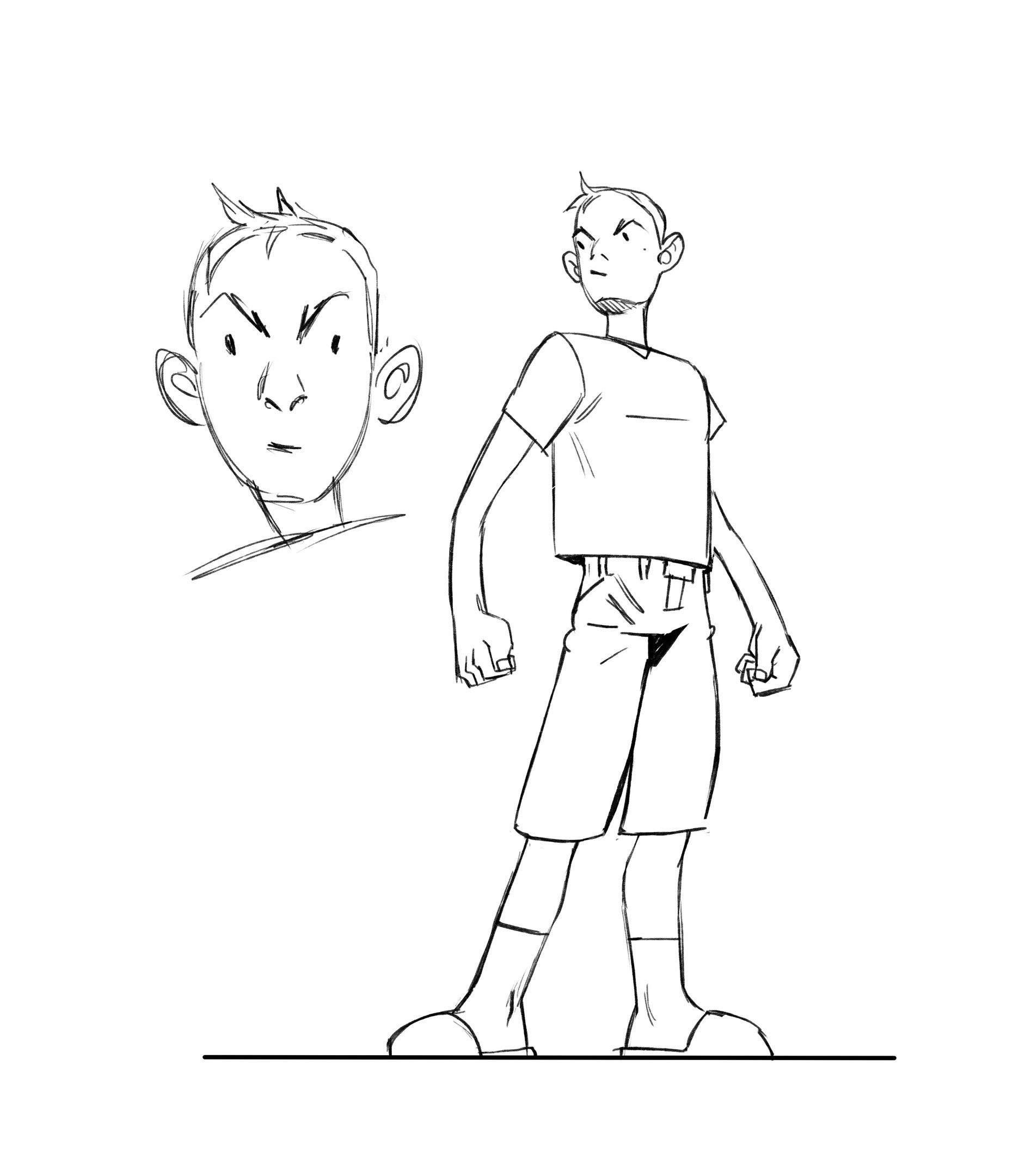
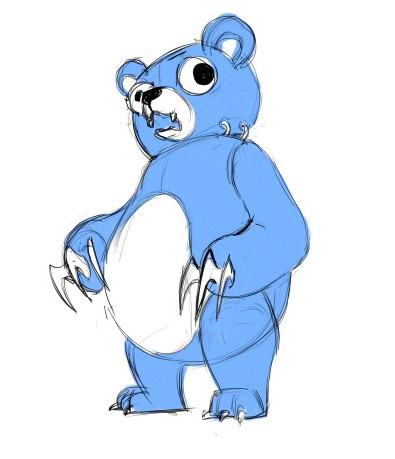
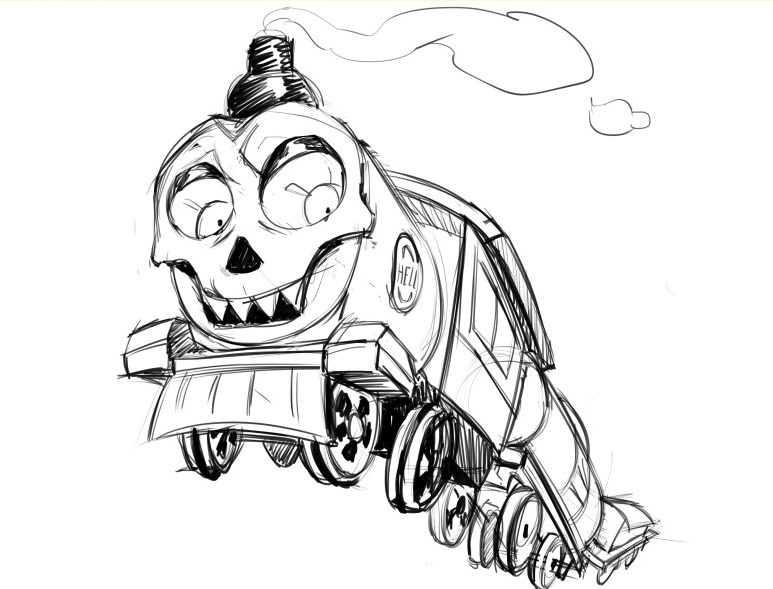
FUTURE OF THE PROJECT
I've been reimagining this project in 2D, using Unity as the engine for it. Some artistic reimagining is on the table as well, where I want to clarify some topics and revisit the styling decisions.
